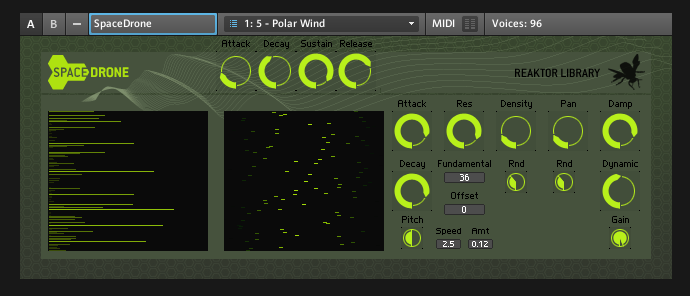I was experimenting with TouchOSC‘s new MIDI capabilities and created this layout:
There are four octaves of keys – it was a bit of a pain to go to one after another and enter the pitches so I figured I’d share the fruits of my labor. The other controls are just X, Y and XY slider controls that send MIDI CC messages. They’re arranged in a “well, let’s use up this space and see what happens” pattern. I figure I’ll fine tune it after playing it for a while.
Download it here.
UPDATE: I lowered the range by an octave so C3 is on the upper row left, which I think is more sensible. Get it here.




